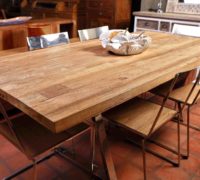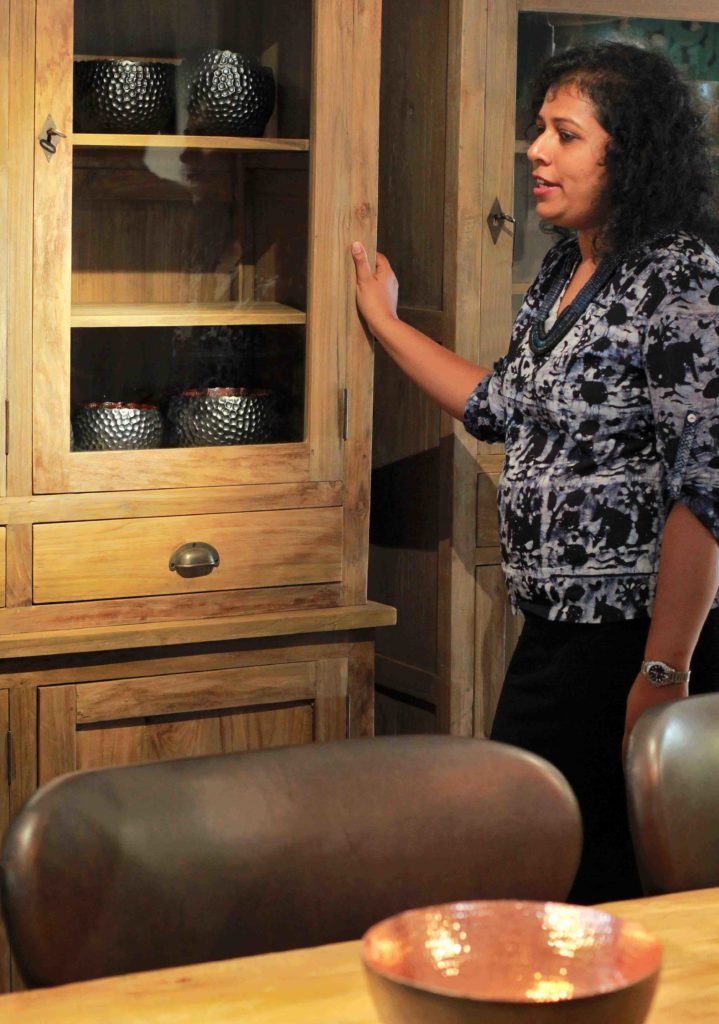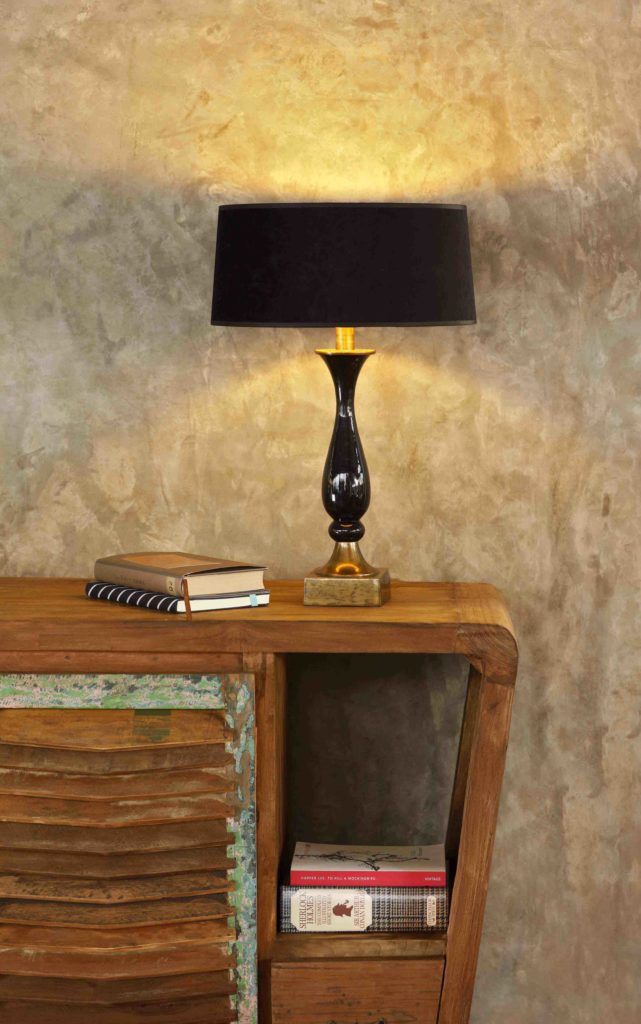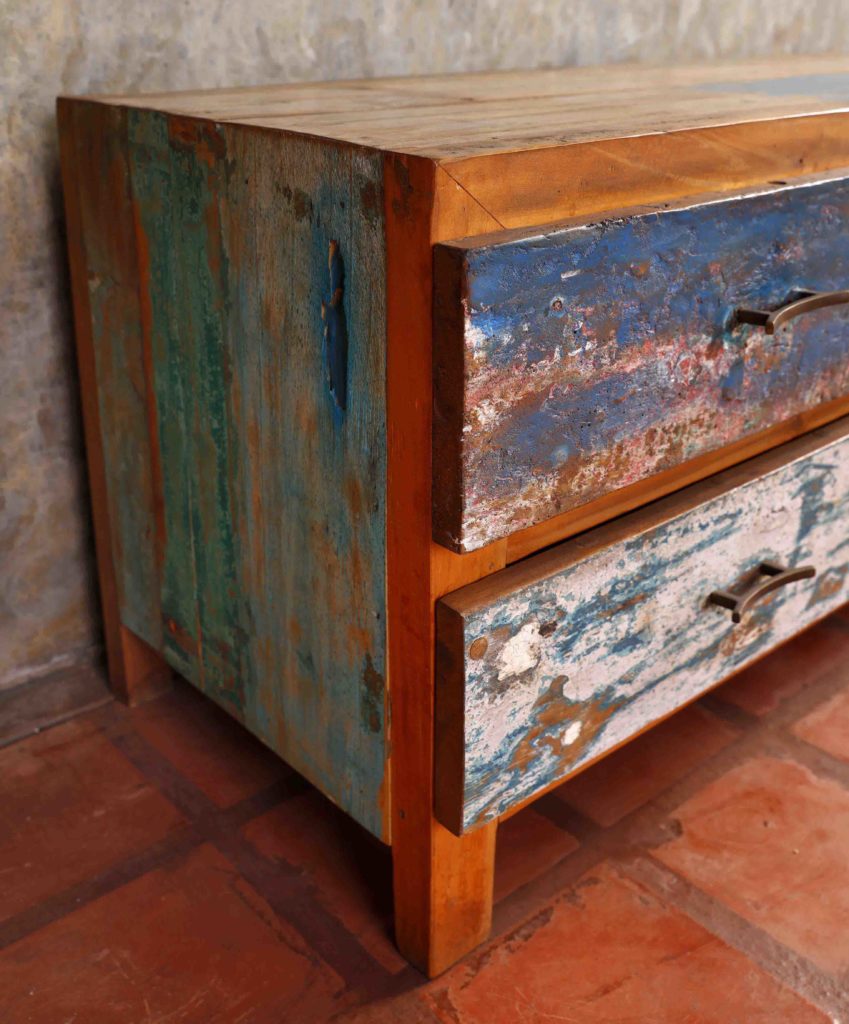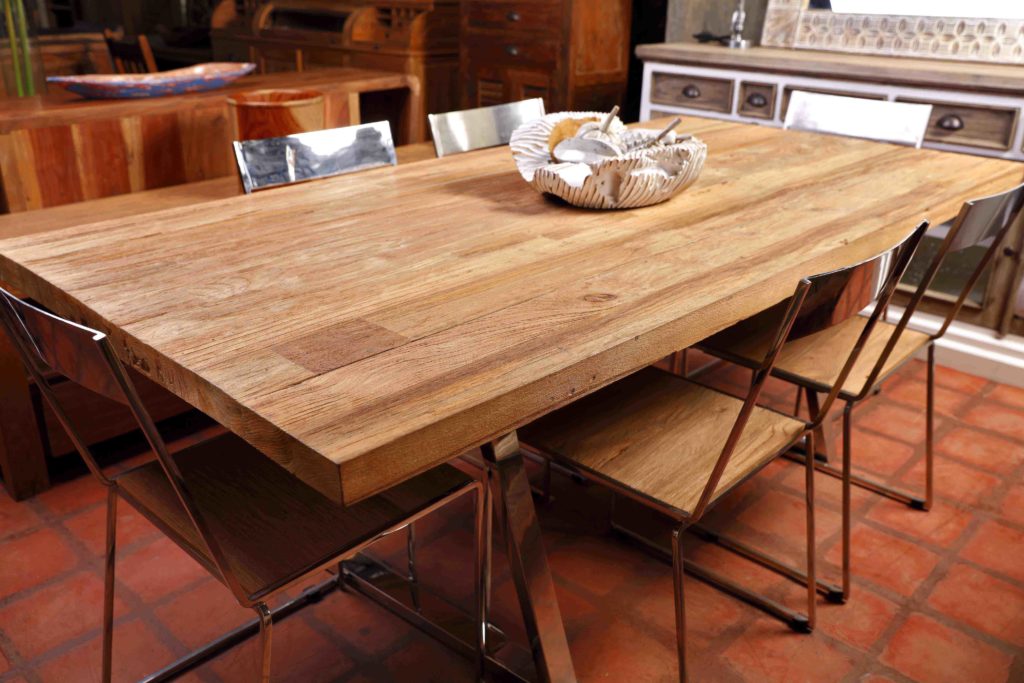
Premium sleepwear label Mackly will launch its first collection of ladies’ sleepwear together with its latest children’s collection with a runway event at Park Street Mews on 18 June. Mackly’s lineup of models will include young children and women who will walk the runway in 100% cotton pyjamas and nightgowns designed for stylish comfort.

Mackly was launched in 2014 with exclusive focus on children’s sleepwear. The founder and lead designer is Sharmila Srikumar, a young mother on a quest to find the perfect sleepwear for her children. In this case perfection meant comfort, safety, adaptability and cute factor; unable to find sleepwear that met all these requirements in stores, Sharmila set out to design her own and founded Mackly in the process.

Mackly Sleepwear is especially designed for tropical weather with 100% breathable cotton material. Each piece goes through a needle and metal detector for safety, and is phthalate and allergy free. All t-shirts have heat seals in place of labels to avoid discomfort at the back of the neck, and each piece is tested for colour fastness and shrinkage. Mackly Sleepwear for kids cater to three age groups; 2-5 years, 5-8 years and 8-14 years. The label also offers a small range of cotton knitted eye masks for deeper, uninterrupted sleep.

The ladies sleepwear line builds on these features to bring functional style to the table. Sharmila is responding to overwhelming interest from her clients and others who have been pressing her to design a sleepwear line for an older audience. “The extra comfort of our sleepwear and the high standards we maintain when designing and manufacturing Mackly clothing meant that a lot of mums were requesting that we design sleepwear for them too,” she says. “But we’ve also been playing with some ideas for trendy sleepwear for women for a while now and this felt like a very good time to act on it and launch the line.”

Sharmila adds that this new sleepwear range will bring the same comfort and safety standards of the children’s range with an on-trend focus in order to bring the changing contours and styles of fashion seasons to customers. “We spent a lot of time choosing the right style for our ladies sleepwear,” she says. “We want it to be functional and at the same time trendy and fun. I feel that this is what women want now, because not only do you look good when you’re at home, relaxing in the evening, but you’ll also feel amazingly comfortable.”
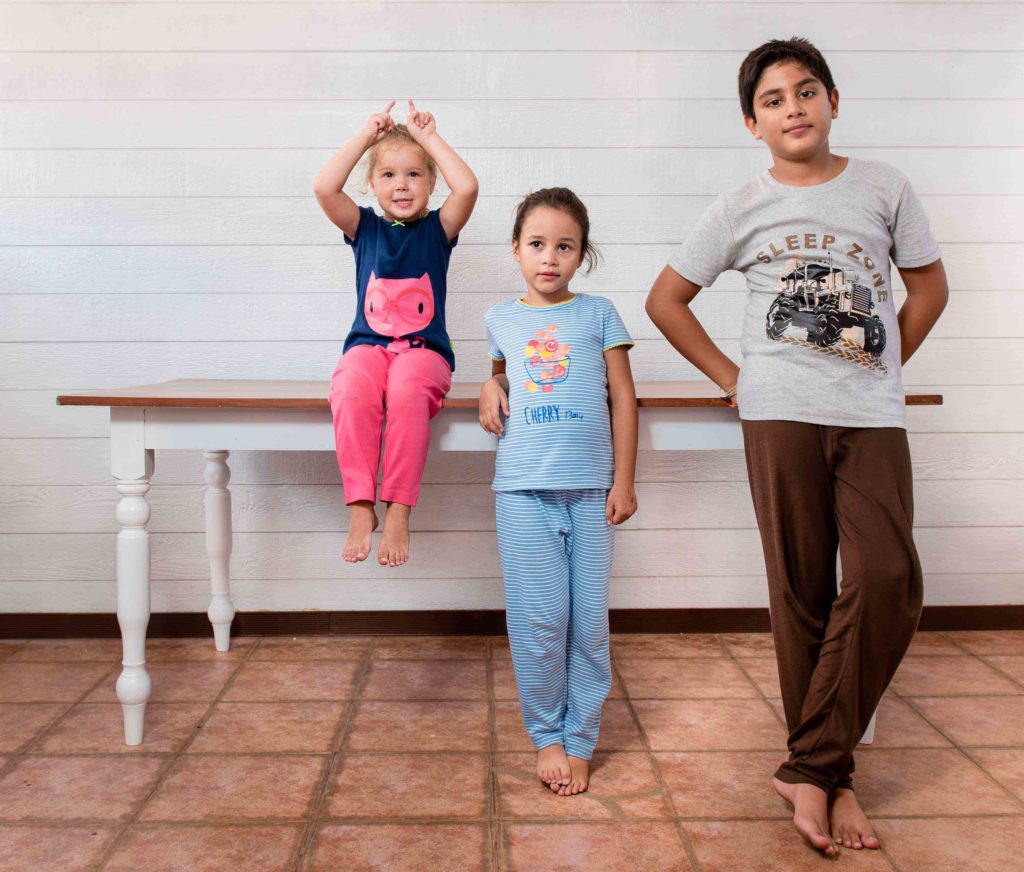
The ladies range will be available in small, medium and large sizes with larger sizes to be introduced soon.


